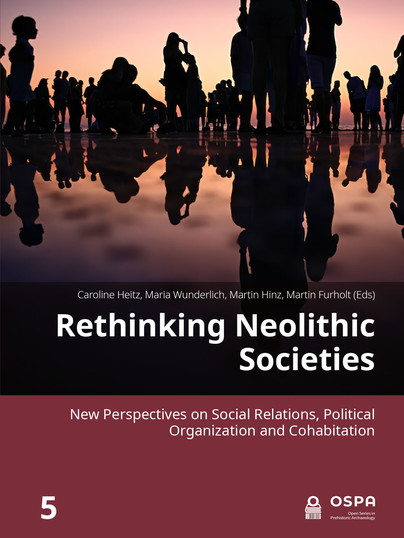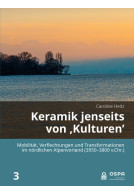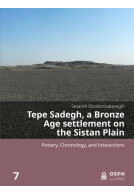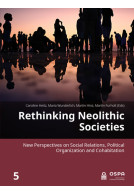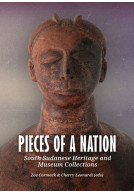Google Books previews are unavailable because you have chosen to turn off third party cookies for enhanced content. Visit our cookies page to review your cookie settings.
Rethinking Neolithic Societies (Hardback)
New Perspectives on Social Relations, Political Organization and Cohabitation
Imprint: Sidestone Press
Series: Open Series in Prehistoric Archaeology
Pages: 250
Illustrations: 63fc / 14bw
ISBN: 9789464270679
Published: 10th February 2024
Script Academic & Professional
Series: Open Series in Prehistoric Archaeology
Pages: 250
Illustrations: 63fc / 14bw
ISBN: 9789464270679
Published: 10th February 2024
Script Academic & Professional
You'll be £95.00 closer to your next £10.00 credit when you purchase Rethinking Neolithic Societies. What's this?
+£4.99 UK Delivery or free UK delivery if order is over £40
(click here for international delivery rates)
Order within the next 3 hours, 37 minutes to get your order processed the next working day!
Need a currency converter? Check XE.com for live rates
(click here for international delivery rates)
Order within the next 3 hours, 37 minutes to get your order processed the next working day!
Need a currency converter? Check XE.com for live rates
Traditional archaeological ideas about Neolithic societies were shaped by questionable premises. The modern concept of social and cultural coherence of residence groups as well as the ethnic interpretation of ‘archaeological cultures’ fostered ideas of static and homogeneous social entities with fixed borders. Farming – as the core of the Neolithic way of life – was associated with sedentariness rather than with spatial mobility and cross-regional social networks. Furthermore, the widely used (neo-)evolutionist thinking universally assumed a growing social complexity and hierarchisation during prehistory. After all, such ‘top-down'–perspectives deprived individuals and groups of genuine agency and creativity while underestimating the relational dynamic between the social and material worlds. In recent years, a wide array of empirical results on social practices related to material culture and settlement dynamics, (inter-)regional entanglements and spatial mobility were published. For the latter the adoption of the relatively new scientific methods in archaeology like Stable Isotope Analysis as well as aDNA played a crucial role. Yet the question of possible inferences regarding spatial and temporal differences in forms of social organisation has not been addressed sufficiently. The aim of this volume is therefore to rethink former top-down concepts of Neolithic societies by studying social practices and different forms of Neolithic social life by adopting bottom-up social archaeological perspectives. Furthermore, the validity and relevance of terms like ‘society’, ‘community’, ‘social group’ etc. will be discussed. The contributions reach from theoretical to empirical ones and thematize a variety of social theoretical approaches as well as methodological ways of combining different sorts of data. They show the potential of such bottom-up approaches to infer models of social practices and configurations which may live up to the potential social diversity and dynamism of Neolithic societies. The contribution shed light on spatial mobility, social complexity, the importance of (political) interests and factors of kinship etc. We hope that this volume, with its focus on the Neolithic of Europe, will contribute to the ongoing critical debates of theories and concepts as well as on our premises and perspectives on Neolithic societies in general – and the practices of social archaeology as such.
Other titles in the series...
Other titles in Sidestone Press...







